How to Create Juxtaposition in Your Photographs?
Juxtaposition in photography is a fascinating concept. It happens when two or more people/objects are compared side by side, creating an interesting contrast in colors, shapes, lines, etc.
It’s a very significant way to describe two contrasting effects of objects, ideas, people, images, and animals in a single photo. In simple words, juxtaposition in pictures is to capture different things that are put next to each other.
This technique can be used in your compositions to play with peoples’ curiosity and thoughtfulness regarding the moments and scenes you capture.

Let’s now dive into the details and discuss the best tips and tricks on how you can create juxtaposition in your photographs.
Understand What Juxtaposition is!
To capture and describe the juxtaposition in your photos, let’s start by understanding its objective is to illustrate a contrast between two things, but the concept goes a little deeper. With people, the two main types of personalities are introvert and extrovert.
Now imagine trying to capture this same polarity in your images. It’s not easy, but here are a few strategies to help you out.
Size
Size plays a vital role in capturing photos covering juxtaposition, such as the contrast of different sizes of the same object.
Shadows and Reflections
You can play with shadows and reflections, and that can help you capture exciting photos. For example, a picture of a person with his/her shadow, where the shadow is making something entirely different. The same goes for reflections as well, where the mirror shows the opposing direction and course of reality.
Colors
This is by far the most common feature that people use in their photos to reflect a juxtaposition—for example, white versus black, light versus dark, contrasting colors, and more.
Juxtaposition Should Not be Your Final Goal!
You don’t have to make a goal of just capturing photos with juxtapositions because it should not always be your ultimate result. Your purpose and result should be achieving something that demonstrates a more profound meaning and delivers a gentle yet powerful message.
Dive deep into any concept that attracts you the most, and many at a time, you’ll automatically find the juxtapositions in your photos with the same idea.
You might want to master all aspects of photography, but, as the saying goes, “jack of all trades, master of none.”
Try mastering only a handful (or even just a single) type of juxtaposition. You might very well become very proficient with that particular genre and will learn to see and recognize elements and scenes more easily.
Examples of Juxtaposition
Here are some of the most common and easy examples to understand the concept on a deeper level.
Big Versus Small
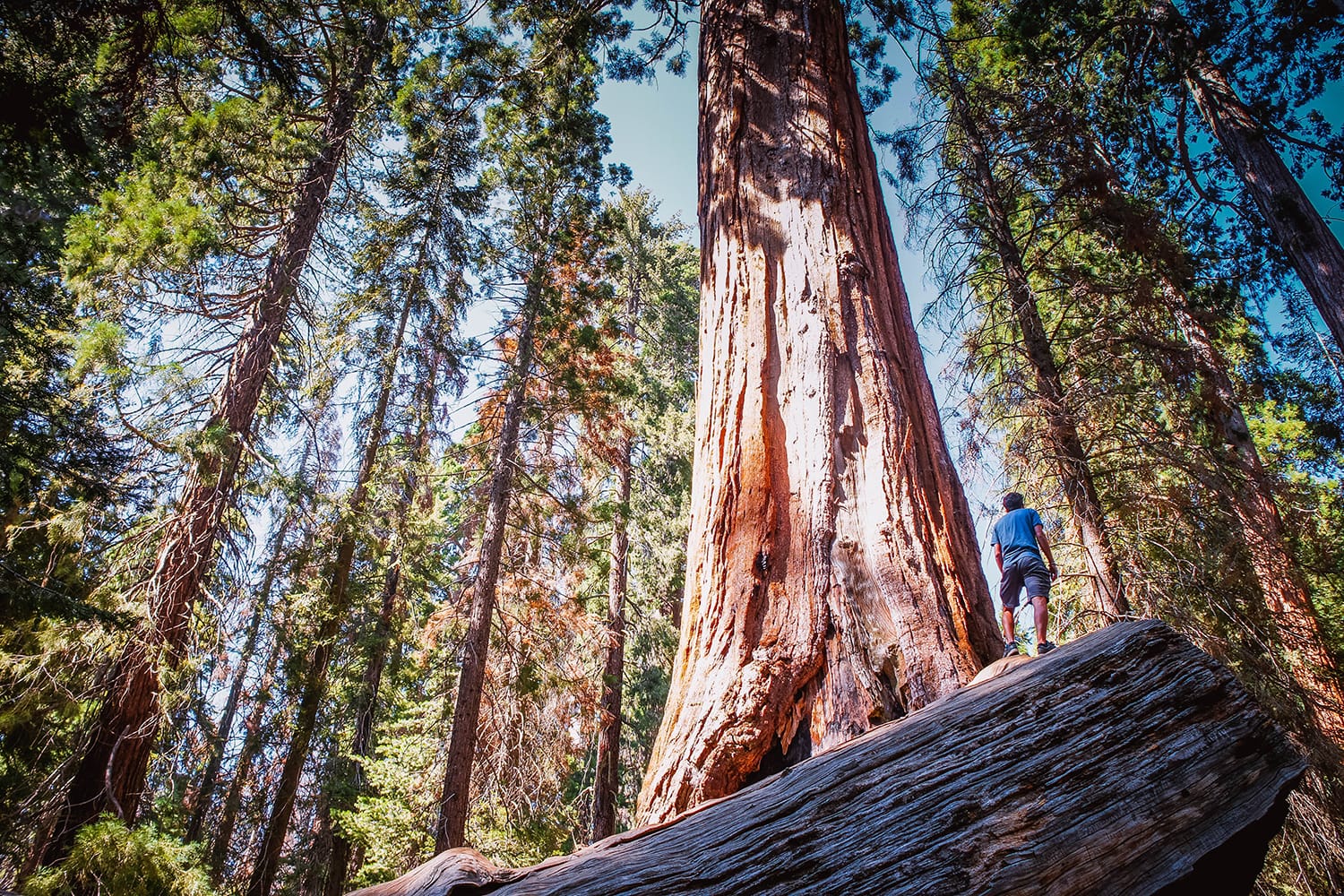
A simplified example of juxtaposition in which you can demonstrate the concept by capturing two objects with contrasting sizes. You can take a small object, and a big one and both can be of the same nature. For example, a very large building or skyscraper next to a tiny house, a very tall person next to a short person, etc.
The emphasis on the relationship between the two also strengthens and adds the value to visual juxtaposition.
Black Versus White
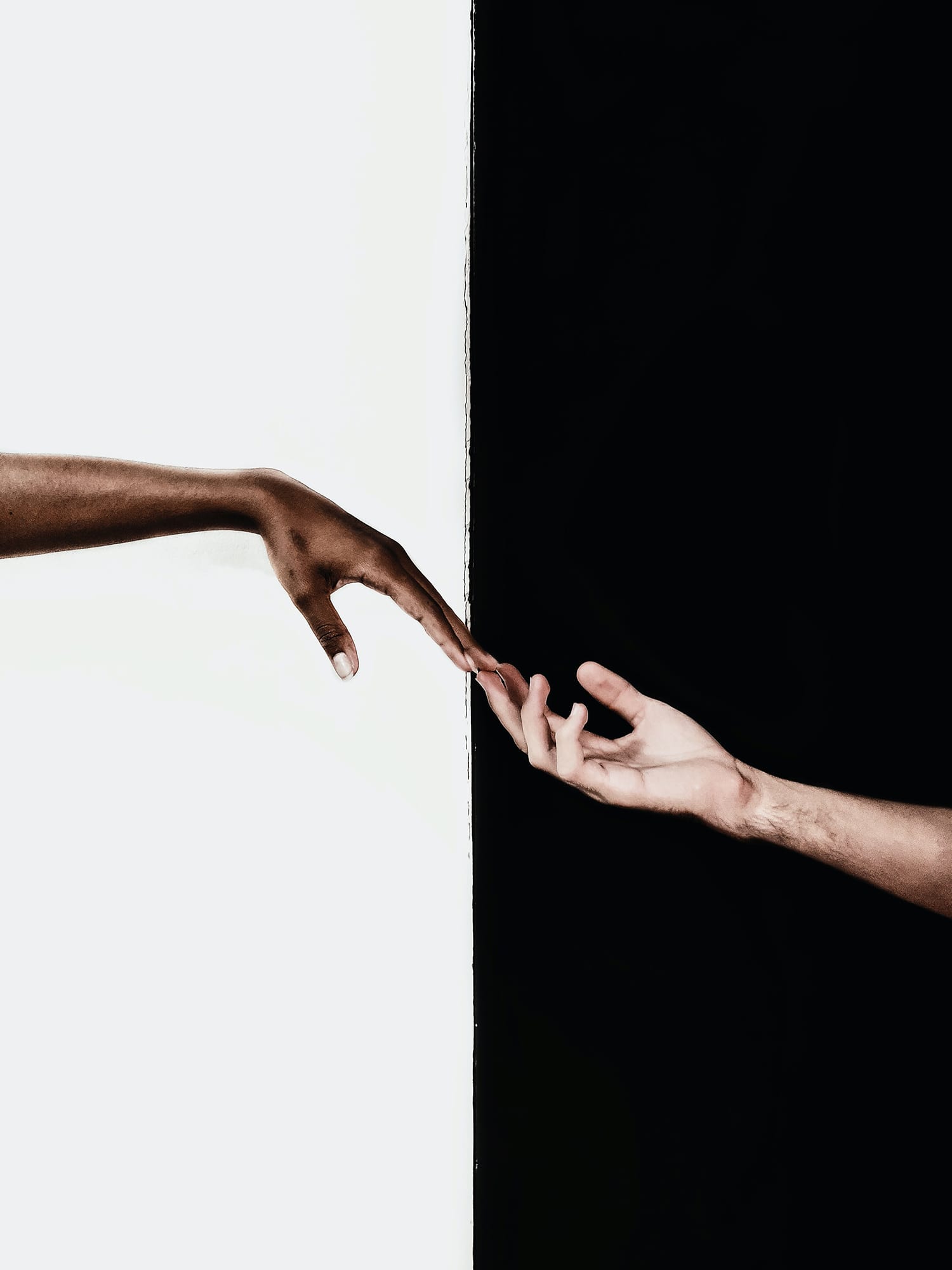
You would already know that back and white contrast the best. This contrast is also a compelling and robust juxtaposition example.
Past Versus Present
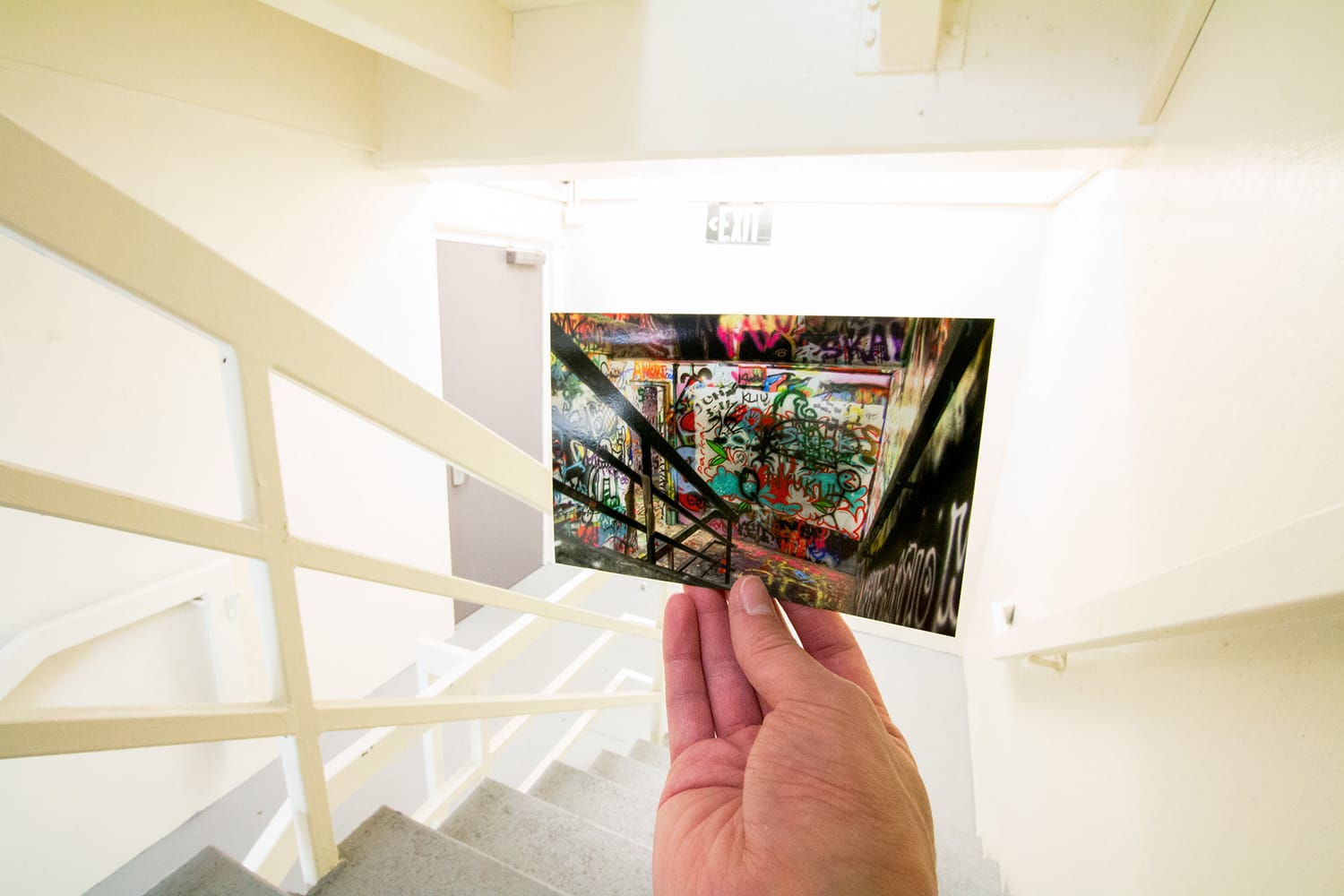
image by Justin Fan
The past and present concept always promotes the emotional attachments of people, and it’s also an excellent juxtaposition example. You can capture a public place and compare it with its black and white version shot years and years ago.
You can also capture a photo of your child next to a wall where your photo was taken when you were young. The comparison of both of these pictures will demonstrate the juxtaposition concept at its best.
Old Versus New

If you’re a professional photographer and have been doing photography for a long time, you can create a juxtaposition photo. Just find your very first professional camera and compare it with its latest successor.
Natural Versus Artificial
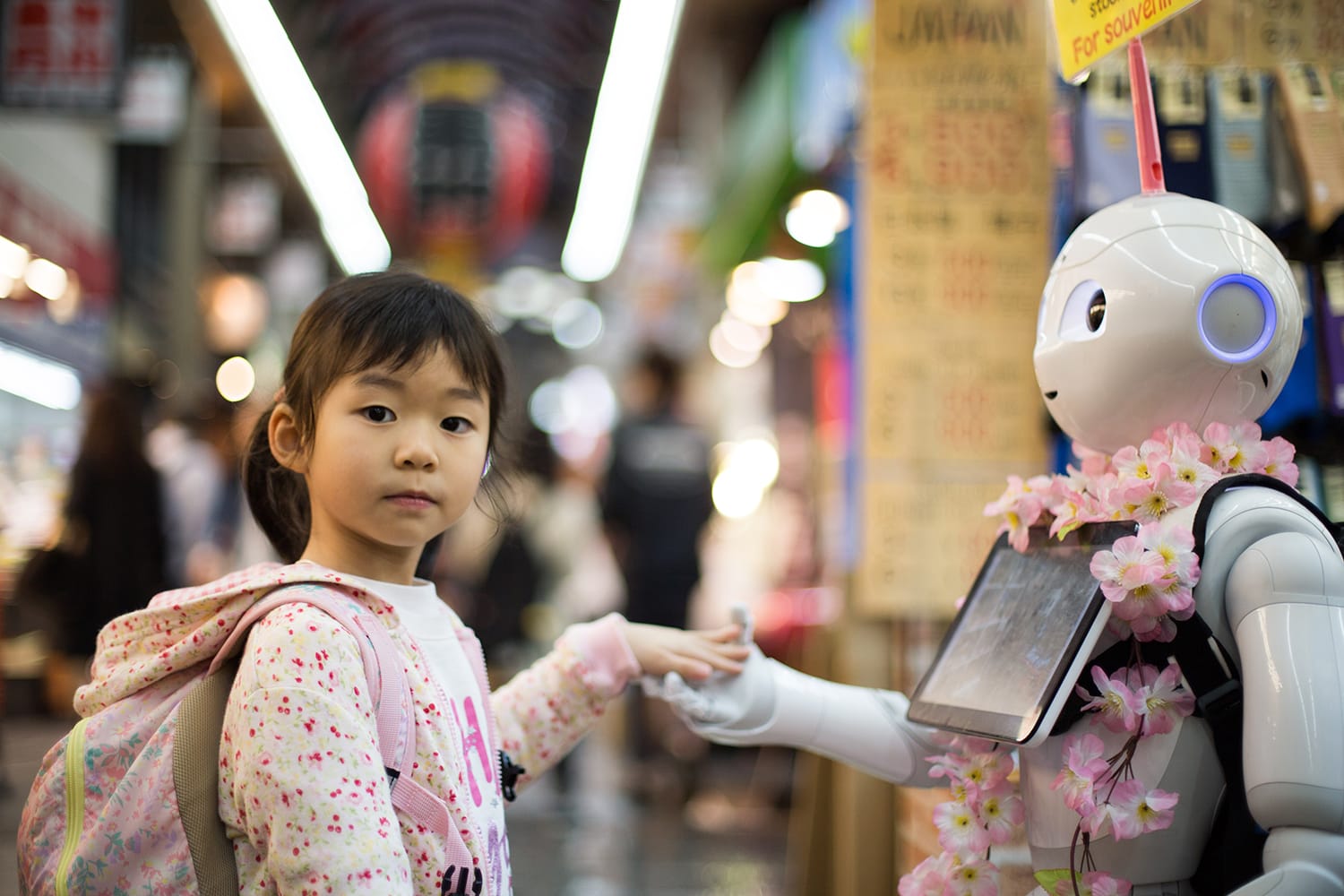
This type of juxtaposition can be really fun to experiment with. You can compare countless contrasting things to describe natural versus artificial juxtaposition. For example, a person next to an artificially intelligent robot; not only it will explain the juxtaposition concept of natural versus artificial, but it will also demonstrate the “emotions versus emotionless” juxtaposition concept.
Foreground Versus Background

A rare yet exciting type of juxtaposition is the contrast of foreground objects and background ones. For example, a photo with an expressionless person in the foreground, and a billboard with an advertisement of happy and smiling people is a perfect example. This can help your photographs tell a story.
Young Versus Old
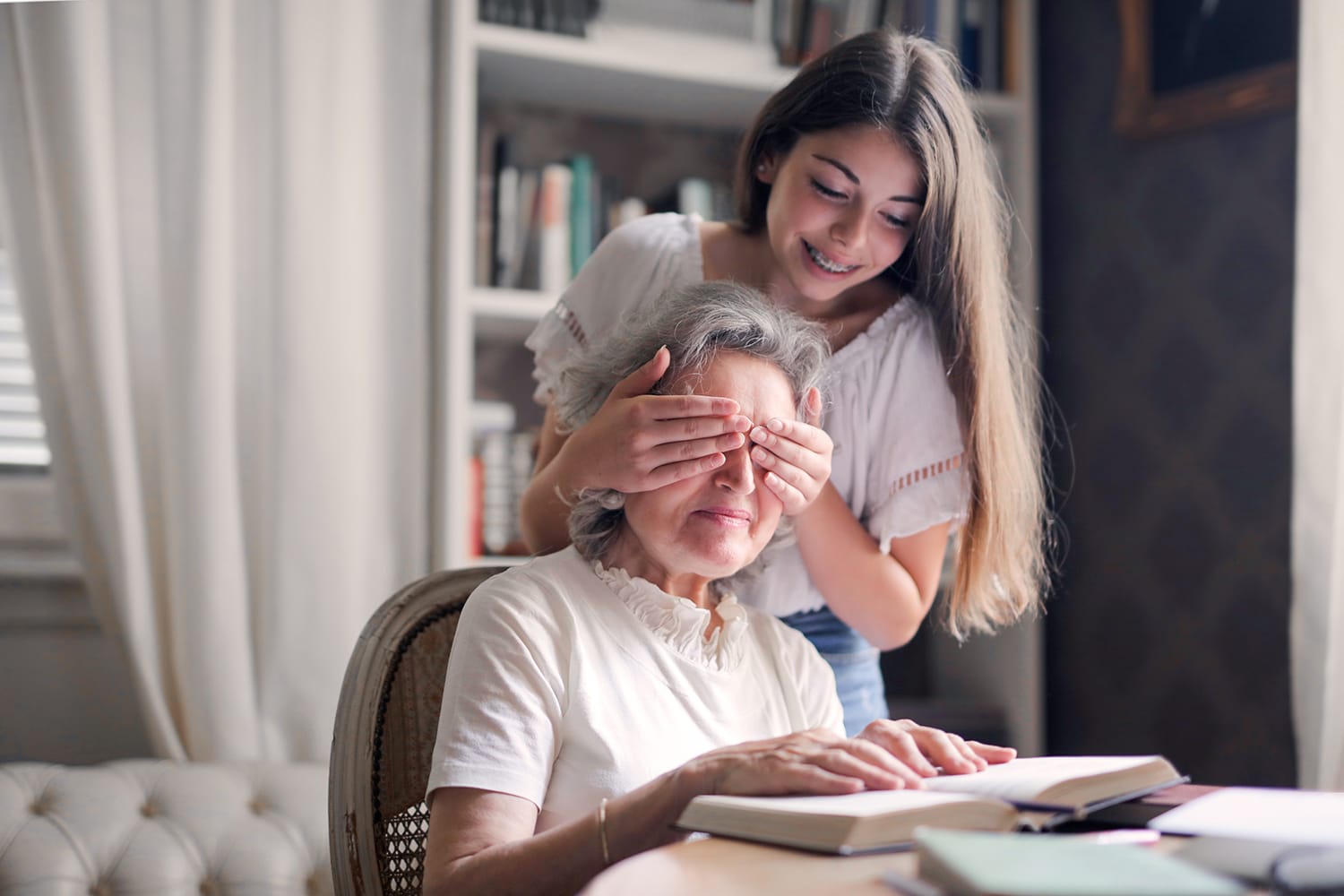
A granddaughter next to grandmother describes more than what meets the eye. You can capture such juxtaposition to show more than just colors and patterns because nothing strikes our hearts and minds more than young and older people together. It shows the contrast between age and the transformation of traditions, values, culture, information, and more. It can also be a gentle reminder that time flies.
Wealthy Versus Poor
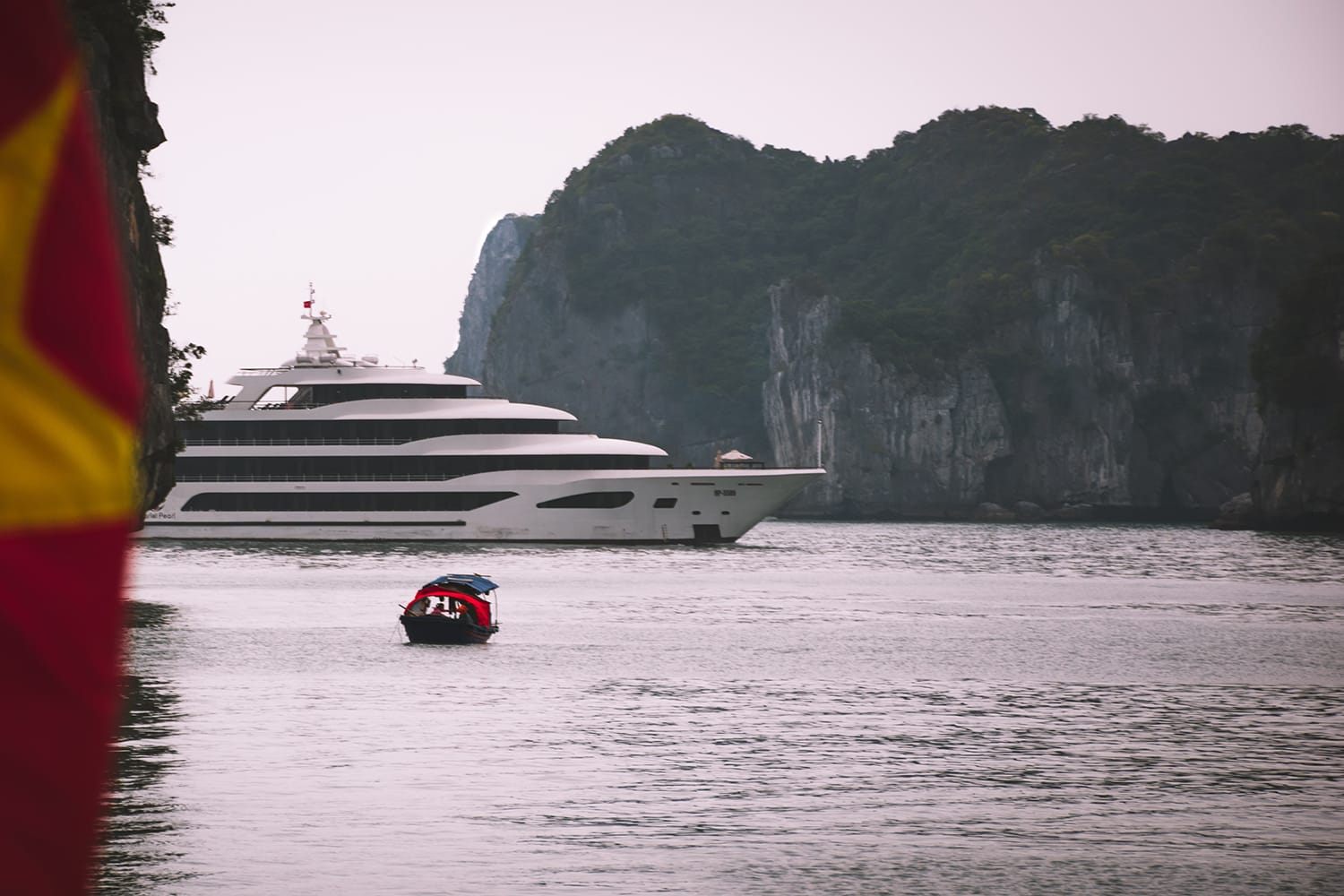
Not a soothing example of juxtaposition, but it works as a great reminder for people that many are not as blessed as you are.
There can be multiple ways you can capture such juxtaposition, such as a homeless person lying next to an advertisement for an expensive new iPhone or a similar type of billboard.
Such juxtapositions work as social commentary and reflect a powerful message. It’s not confined to a single place as it’s a global problem.
Conclusion
We hope this tutorial will help you capture some stunning juxtapositions with a more profound, ethical, and powerful message. Feel free to let us know about your thoughts and experiences on Facebook and Twitter!
